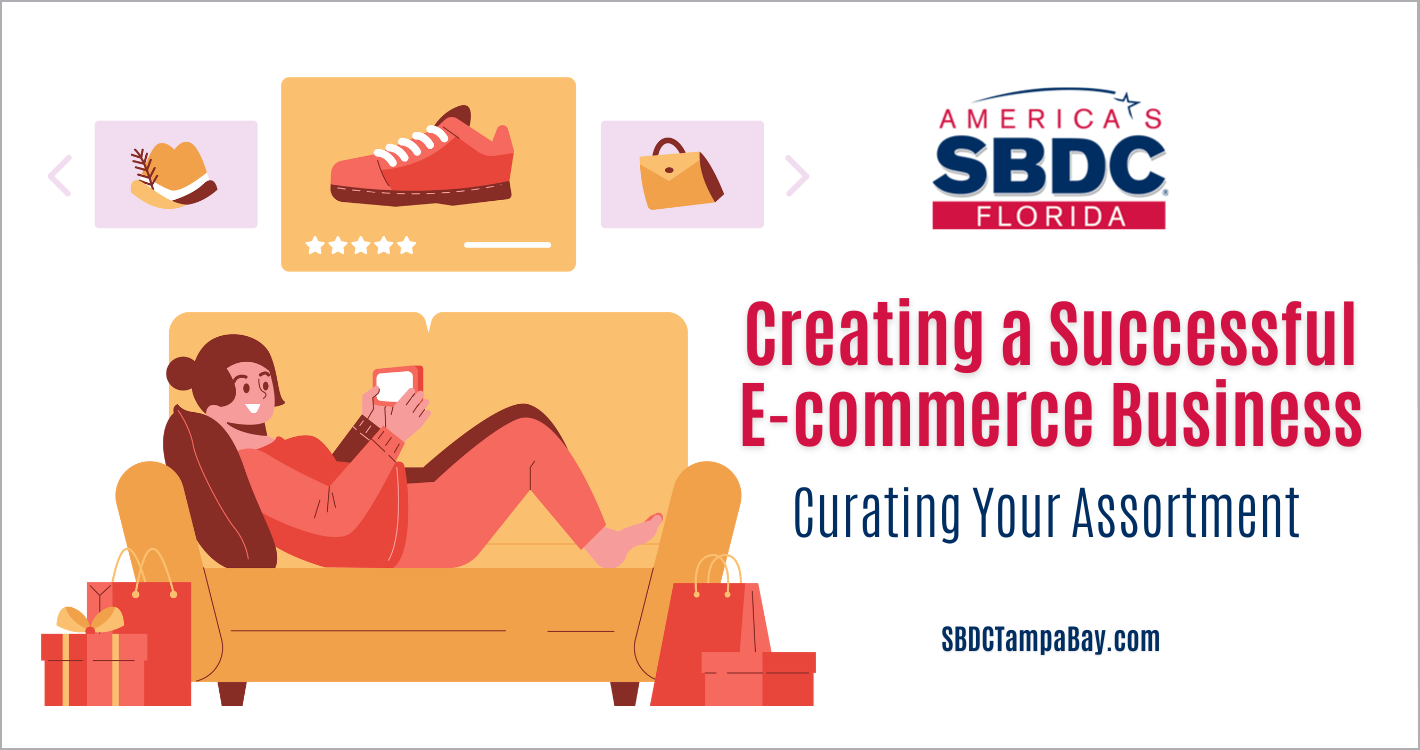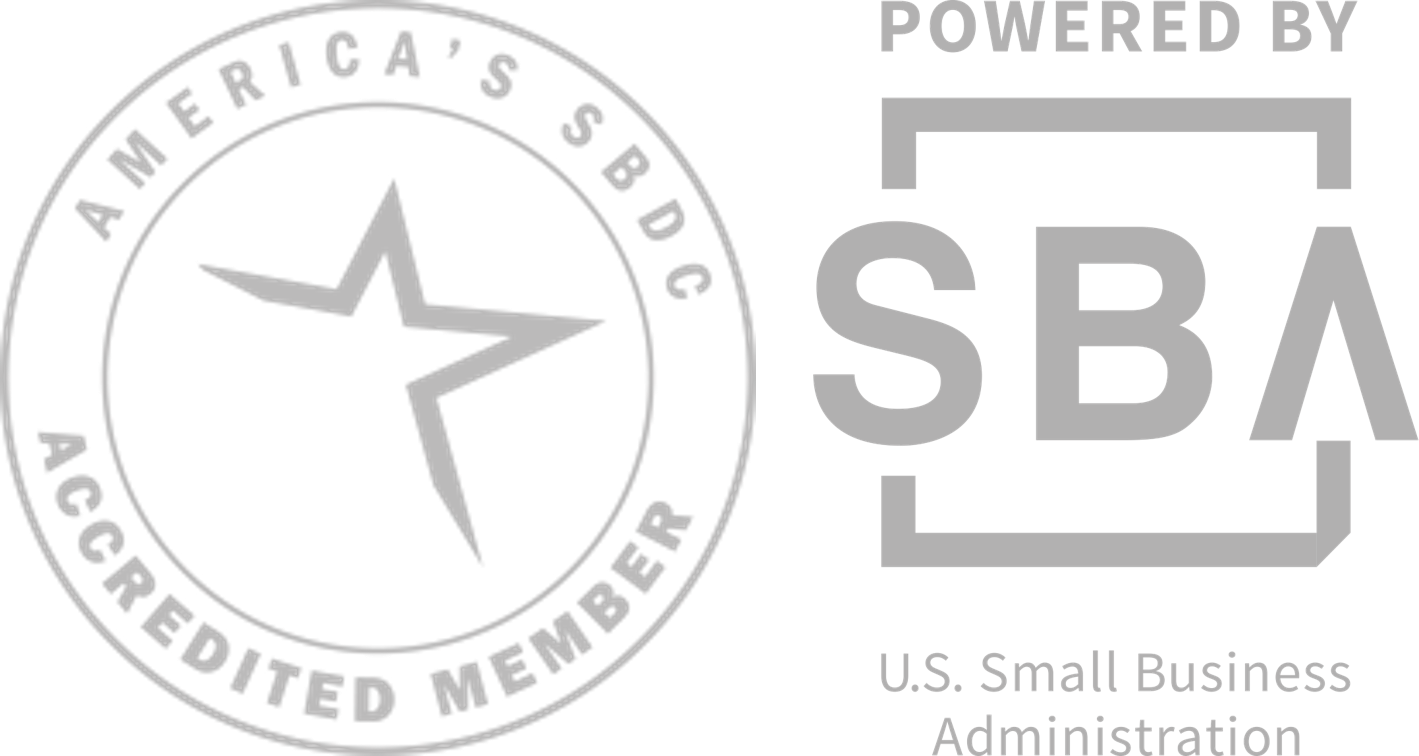Curating Your Product Assortment for a Successful E-commerce Shop
by Christine Jaros | February 7, 2023
From browsing to buying, an e-commerce journey is like walking into a physical store. While your product offering is not constrained by the boundaries of square footage, understanding your product and its variants, as well as your target customer, will go a long way to knowing how to set boundaries on the number of styles you offer. You want to attract shoppers with newness and bestselling favorites, but you don’t want to turn them away overwhelmed by an impossible shopping experience that, at worst, looks like a garage sale and, at best, would take days to shop. Here are some tips for navigating this:
Every successful retailer will tell you that you need to employ a few specific elements to be profitable and grow. That said, curating your product assortment is critical for achieving sales conversions and repeat customers. These key elements include:
- Product collections/categories
- Variants
- Balance and maintenance
- Impulse items
- Related best sellers
Product Collections and Categories
Collections and categories are groupings of products that have something in common. Whether it’s
style design, brand name, product features, seasonality, end, or related usage, they are grouped by the seller to accomplish two things: Make it easier to shop (for the shopper) and increase cart value (for the seller). If a shopper has made it to your product page, they have established their intent to buy. Offering product/SKUs (stock keeping units, which are also known as style numbers) in understandable bite size pieces will aid them in this mission to purchase. No shopper wants to wade through endless pages of “not here” to hopefully land on their intended product purchase.
Imagine standing in a grocery store. Having collections/categories are like going to the various sections within the store. From meats to dairy, bread, breakfast cereals, and detergent, products are organized together based on their common values. This type of organization makes it easy to shop and saves tremendous time in doing so.
A fledgling e-commerce shop will draw more traffic if they offer a minimum of three to six groupings. Of course, this depends on what type of shop you are creating. If you specialize in one product, like bicycle tires, you may opt to start with two categories – tires and accessories. As you become established, you may want to add more categories – like bike handles. Additionally, you will use the next important element – variants – to add to your product assortment.
Product Variants
So, how many choices are appropriate for an online store without causing a shopping meltdown? Back at the grocer, knowing that all the bread is grouped together makes it easier to shop. Essentially, customers want a reasonable choice. If you were shopping for wheat bread and arrived in the bread section of a grocer only to find rye bread, you might be inclined to walk away with nothing. If this occurred again, the next time you shopped the store, you might never return. A reasonable choice would include top favorites and best sellers, as well as new options.
Product variants are a huge consideration in the number, depth, and breadth of the styles you offer. Variant offerings include flavors, sizes colors, prints, materials, weight, and more. Yes, it’s the ultimate challenge – too much vs. too little, like a brick-and-mortar store – you want to have enough unique styles with variants to engage traffic and draw customers in to buy. As a rule of thumb, while this varies by product type, I suggest you work from top down, starting with the number of groups then ideal variants. When starting your shop, do not exceed what is manageable. Shopify limits variants to three per product style and 100 SKUs per variant. For the e-commerce start up, I suggest no less than three variants with six to 24 unique SKUs. These may have multiple colors, materials, or sizes – all which add another SKU to be listed or photographed and offered. Use a budget to set your initial limits. Then you can use a combination of selling history and the budget to change, extend, or remove variants and groups.
As an example, an apparel e-commerce site offers groupings: Tops, pants, and dresses. Within the top group, they have decided on six unique styles with three variants each: fabric, color, and size. The designer has selected two fabrics (cotton and rayon) which will each be available in three colors. Each color, in each fabric, and in each style is available in three sizes – S, M, and L. Now a mathematical equation, the total number of SKUs by style is 1x2x3x3=18. When multiplied out by total number of the six top styles, total SKUs are 108 for this category. Clearly not all sizes, colors, or fabrics must be the same – that depends on your target customer profile, selling history, trend info, and production/fulfillment requirements. This gives you an idea of how it all adds up and creates more to offer on your platform.
Balance and Maintenance
If a customer only sees one style on your e-commerce site, that might not be enough to encourage a purchase let alone see that customer return. Even if you offered it in 99 different colors and eight different sizes, if it’s not what the customer wants, you’ve spent all your money offering dead product. You need to have a balance in products, categories, and variants. Additionally, introducing newness and removing non-selling styles/variants is the necessary maintenance needed to keep your e-commerce platform active. Like in a retail store, if a customer sees the same styles repeatedly without change, they will have no reason to buy if they have not chosen to do so already. Old bread becomes stale bread and unsellable, so take it off the shelf (site). What are the shopping routines of your target market? Do they shop daily, weekly, or monthly? This will tell you how often you need to introduce new products (within budget). A normal selling cycle of a style in a store is eight weeks. That means you want to see 30% or more sold of that inventory in four weeks. If not, prune – discount the style’s price to stimulate selling, or if later in the cycle, remove it from the site. Adding newness is important, but equally important is ridding your shop of unsellable clutter. Keep your assortment fresh and manageable for your shoppers and yourself.
Impulse Items and Best Sellers
The seller can communicate at the point of cart review or check out any additional product options via up-selling, cross-selling, and recommendations. Don’t re-invent the wheel here, nor amp up SKUs. Use bestselling and related impulse items that you have wisely nestled into one of your product’s category pages. This gives your shopper a second opportunity to purchase what history already has indicated – proven performance products. Ultimately, it will add value to your customer’s online purchase experience and increase revenues in your bank account.
Curating your product assortment is a critical part of organizing an e-commerce shop. Attract shoppers with the addition of relevant collections and categories to your site, know your target market so you can provide the products that your consumers expect to see, give your audience the variety that they ask for, and continuously update your inventory with exciting product variants as well as impulse items and best sellers to create a successful e-commerce business.






Christine Jaros
Consultants, Jaros, TampaFlorida SBDC at USF, Tampa
Specialties: E-commerce, Marketing & Sales, Startup Assistance, Organizational Development
Christine Jaros provides business consulting in the areas of startup, business plan development, marketing and sales, e-commerce, finance, wholesaling and retailing, and business management. Before joining the Florida SBDC at USF, Jaros owned her own apparel wholesale sales and consulting business in New York City for 14 years. She has more than 35 years of experience as a professional businesswoman. Jaros built a global-focused career specializing in manufacturing, marketing and sales with organizations including Bidermann Industries, Liz Claiborne Inc, and Hartmarx Corp. Working with iconic brands such as Yves Saint Laurent, Liz Claiborne, Calvin Klein, Polo-Ralph Lauren and Austin Reed, Jaros grew her portfolio of skills to include international sourcing and distribution. She is a certified TTI DISC Certified Professional Behavioral Analyst and TTI DISC Certified Professional Driving Forces Analyst and a certified Associate Business Continuity Professional (ABCP). Jaros obtained her bachelor’s in business management and marketing from Ohio University. She went on to study fashion and apparel in Paris, France, and later received a finance-focused Executive MBA from Pace University in Manhattan.